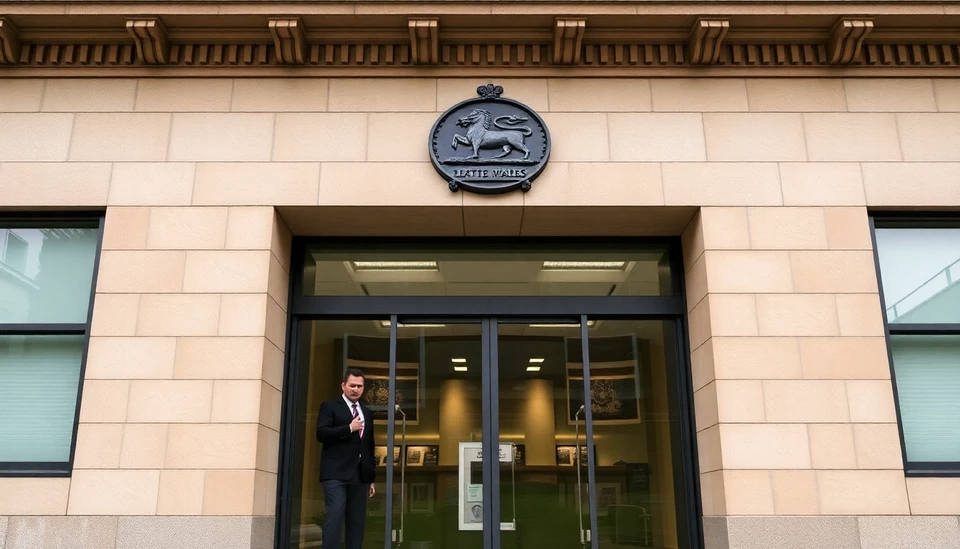
The Reserve Bank of Australia (RBA) has recently clarified that the latest reduction in interest rates does not signal a commitment to further monetary easing. This announcement comes on the backdrop of a complex economic landscape that has raised questions about the central bank’s future policy direction.
In its latest meeting, the RBA lowered the cash rate by 25 basis points to 3.00%, marking a shift intended to stimulate economic activity that has shown signs of cooling. However, the RBA emphasized that this move should not be interpreted as a guarantee of additional cuts in the near term. The board maintained its flexibility to respond to evolving economic indicators and conditions.
Governor Philip Lowe acknowledged that while the economy has faced growing headwinds, including persistent inflationary pressures and global uncertainties, the RBA is committed to making decisions based upon the economic data at hand. “The board is prepared to adjust the policy as required,” he stated during a press conference following the meeting.
The decision to cut rates comes as Australia battles various challenges, including surging prices in housing and consumer goods, along with a tightening labor market. Analysts suggest that the central bank is attempting to strike a balance between stimulating growth and controlling inflation. “The RBA is walking a tightrope,” said an economist at a leading financial institution. “They want to foster economic growth but must remain vigilant about inflation.”
Market observers noted that the RBA's move could have widespread implications. A lower interest rate typically encourages borrowing and spending, which can, in turn, bolster economic growth. However, the potential for inflation to spiral further poses a risk that the RBA needs to manage prudently.
In light of the current economic conditions, the RBA reiterated its commitment to closely monitor inflation trends and unemployment figures, reaffirming that future monetary policy decisions will be data-driven. Stakeholders will be keen to watch the economic developments in the coming months, as the central bank navigates uncharted waters.
Looking forward, the RBA indicated that while the board is open to varying policy measures, it will consider the broader economic environment before making any additional adjustments to interest rates. This approach reflects the central bank's intention to provide stability while addressing the immediate challenges posed by external and domestic factors.
As market participants adjust to this latest policy announcement, there is an inevitable focus on what it means for homeowners, businesses, and the overall economic trajectory. The conversation regarding fiscal policy and its implications for Australian households and businesses is likely to intensify in the subsequent weeks.
With global economic conditions remaining volatile and uncertain, the RBA’s latest moves may well be one of many adjustments to come. Investors, economists, and everyday Australians are left to ponder the ramifications of these decisions as they await further clarification from the central bank in the months ahead.
In summary, while the recent rate cut is a step taken by the RBA to stimulate the economy, the board’s explicit declaration that it does not commit to future easing suggests a cautious and measured approach to monetary policy, one that aims to balance growth with inflation control.
#RBA #InterestRates #MonetaryPolicy #EconomicGrowth #Australia #FinanceNews
Author: Daniel Foster




